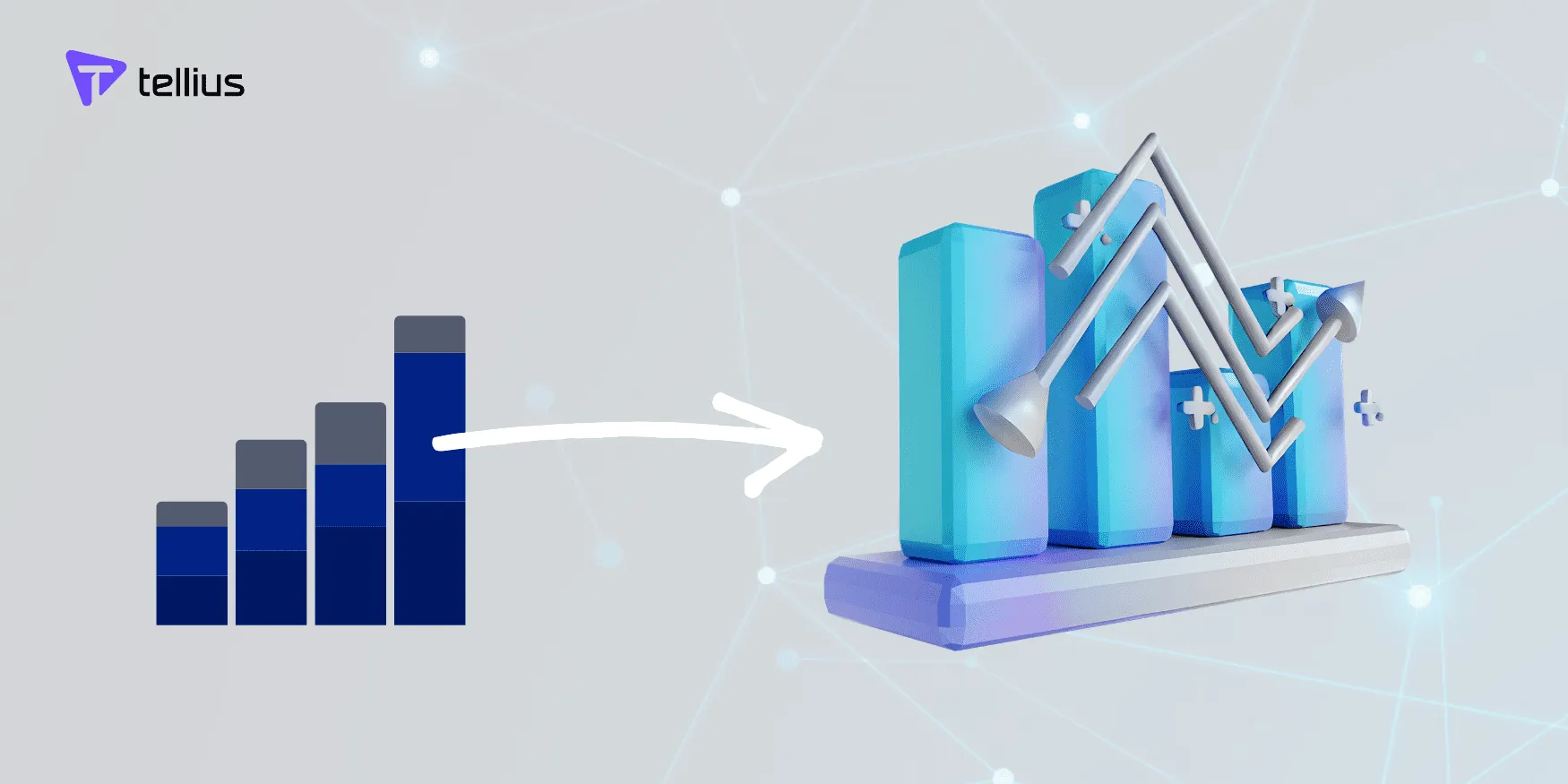How Decision Intelligence Could Change The World


And why machine learning is like farming
Machine learning is not new —Bayesian Statistics predates the birth of the United States, pattern recognition and classification have been around since the ‘50s, Deep Blue beat Kasparov in ’97, and the list goes on. Hundreds of years later, and businesses are still failing to properly implement machine learning. What has been missing? Why is it so hard for an organization to make use of machine learning at scale?
And why machine learning is like farming
Machine learning is not new —Bayesian Statistics predates the birth of the United States, pattern recognition and classification have been around since the ‘50s, Deep Blue beat Kasparov in ’97, and the list goes on. Hundreds of years later, and businesses are still failing to properly implement machine learning. What has been missing? Why is it so hard for an organization to make use of machine learning at scale?
Agricultural History
To truly understand why, we need to take a look at human behavior through time — specifically, the history of agriculture. Domesticated crops have been cultivated for nearly 12,000 years. However, for the first 3,500 years of the existence of agriculture there were no domesticated cattle and plough draft was provided by humans. If you have ever crawled through a garden on your hands and knees weeding, digging and planting, you know how hard it is. If you had to garden for most of the day, every day, you wouldn’t be able to spend your time thinking about anything else.
Domesticated cattle came about around 8,500BC and were a technical revolution that, along with plant domestication, allowed the world to advance at a faster pace — forming civilizations, developing metallurgy (which increased productivity through the development of farm tools), medicine, economies and beyond.
As the world transitioned to the Bronze Age, large scale irrigation projects, crop rotation and fertilizers increased food output. As food output grew, so did surplus labor capacity. People had more time to work on things other than feeding themselves. In the 19th century another major innovation came about that was a precursor to the innovation that would change farming forever: the tractor.
Horses and cattle require skill, care and feed, while a tractor only consumes fuel and requires less skill to handle. Mechanically powered farming increased productivity and significantly increased efficiency — in some hand picked crop cases, the cost of labor is over 70% of the total.
The Connected Tractor
Tractors lay the groundwork for a technology that would change the way that farms worked forever, increasing their productivity to support billions of people growing at a faster rate every day. The Connected Tractor is a result of the application of GPS and computing to traditional tractors.
Modern tractors are powered by computers that steer, map fields, determine soil quality, dispense seeds, spread fertilizer and harvest. They integrate with other software tools for scheduling crop rotations, taking care of maintenance appointments and calculating yields & profitability.
The biggest leap in farm productivity is a result of this automation. In just 18 years, automated farm equipment has grown to the point that 70% of the crop acreage in North America is farmed using it. This technology has allowed the world to feed a population that grew 27% from 2000 to today while only growing crop acreage 9.5% over that same period.

Business is Farming, Machine Learning is the Tractor
The analytics process today is where farming was 30 years ago. We have created the tools that we need to do the job. Analysts are the farmers, and they’re working with basic dashboarding tools (tractors). These analysts are really excited to start applying machine learning tools (connected tractors) but they don’t know where to start.
The average analyst or business user, who should only have to concentrate on domain knowledge and being an expert in their business, must now learn what a random forest model is, how to code, how to use complex systems, and how to integrate all of this together.
Decision Intelligence
The application of machine learning and artificial intelligence to allow human teams to get better answers to their questions is an emerging domain called Decision Intelligence.
It holds the same promise that the application of automation did to tractors over the first part of the 21st century. Putting a tool in the hands of users that can leverage machine learning and statistics in an automated fashion, delivering the right piece of information at the right time, will yield exponentially better answers with more positive outcomes.
The world is increasingly complex and only growing. Business users shouldn’t have to know how to build an oven to bake bread, and they shouldn’t need to know Python to make better business decisions.

Most organizations are somewhere between dashboards and AI-driven analytics. Productivity will exponentially increase as they start using decision intelligence for better decisions, moving from their tractor to their Connected Tractor.
If you’re curious to learn more about how decision intelligence can help your organization to make better, faster decisions, start by reading more at our website.
Get release updates delivered straight to your inbox.
No spam—we hate it as much as you do!

Related blog posts
Tool and strategies modern teams need to help their companies grow.

Novo Nordisk’s Transformation from 2D → 3D Commercial Operations AI Analytics

Key learnings from Novo Nordisk to help you along your journey to unlocking business value with AI in the commercial pharmaceutical space.

RevOps Intelligence Redefined: AI-Powered Agents Meet Unified Knowledge Layer

Learn how AI-powered variance analysis is transforming how organizations uncover and act upon financial insights.

6 Gator-Sized Takeaways from the Gartner Data & Analytics Summit 2025

TLDR: agents on the rise, conversational everything, governance & data quality = king, driving/demonstrating ROI, the power of people never gets old.
